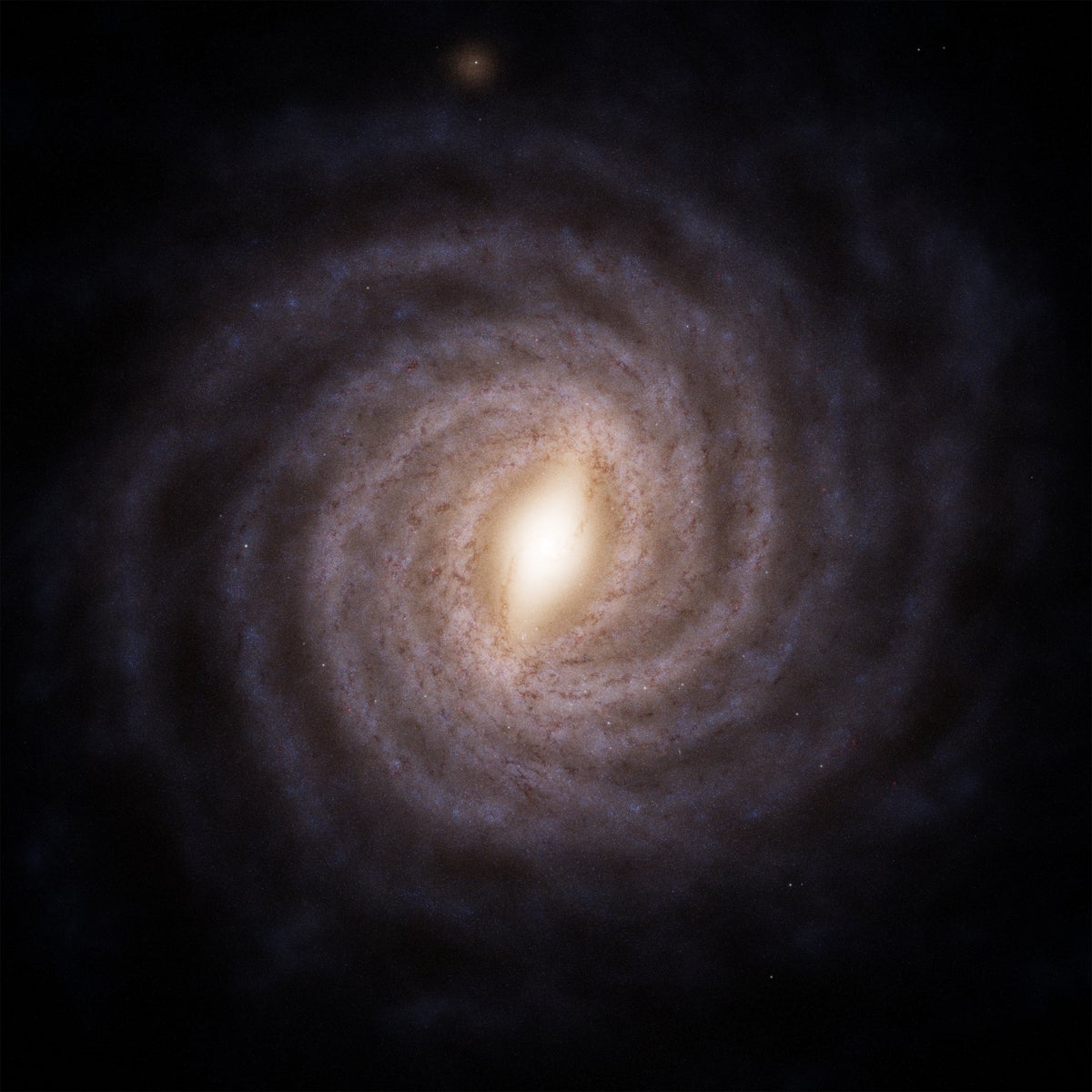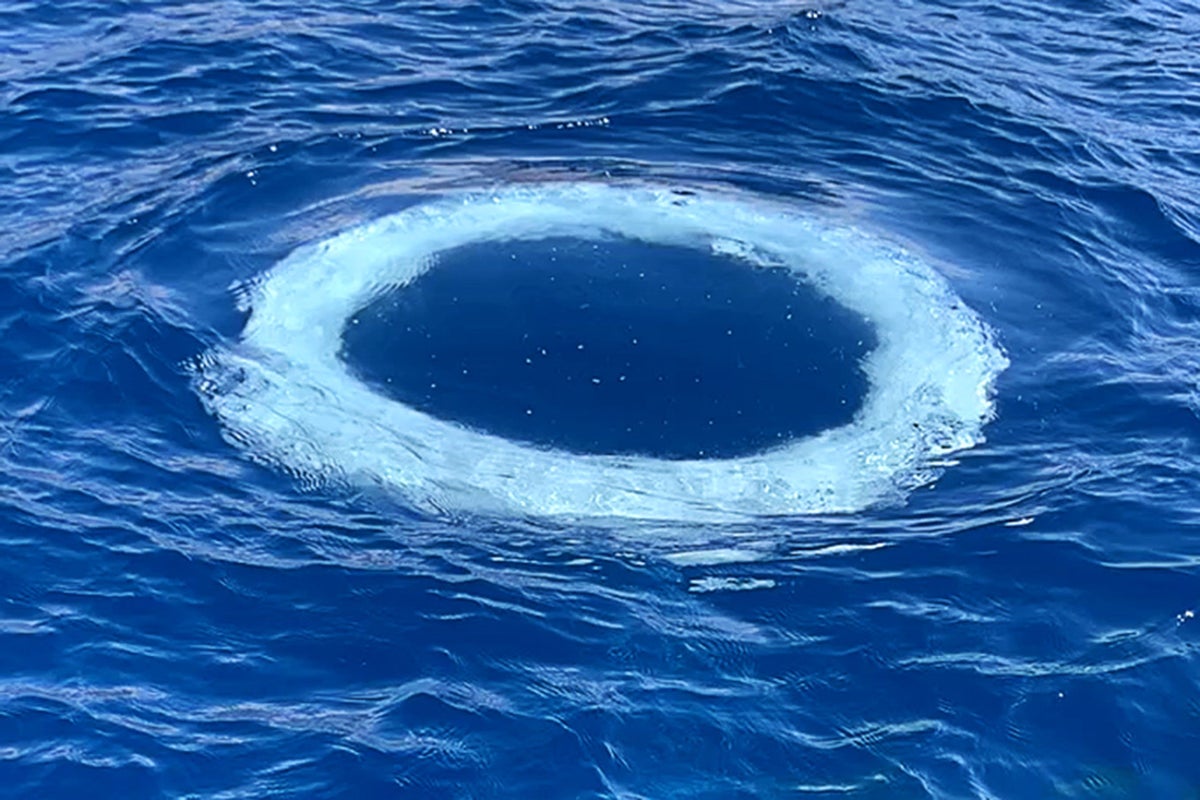Now Reading: Gaia: Europe’s Legacy in Galactic Mapping Lives On
-
01
Gaia: Europe’s Legacy in Galactic Mapping Lives On
Gaia: Europe’s Legacy in Galactic Mapping Lives On

Quick Summary:
- The European Space agency’s (ESA) Gaia observatory, launched in 2013, ceased operations in March 2023 and entered a graveyard orbit around the sun.
- Gaia created the largest and most precise three-dimensional map of the Milky Way, surveying roughly two billion celestial objects with twin telescopes and a billion-pixel camera.
- It collected over three trillion observations that enhanced scientific understanding of stellar distances, galactic evolution, dark matter distribution, asteroidal dynamics, cosmic expansion rates, and more.
- Gaia’s data has been utilized for over 13,000 peer-reviewed studies; its approach too mapping included groundbreaking techniques such as astrometry and parallax measurements.
- Notable achievements include uncovering evidence of ancient galactic mergers shaping the Milky Way’s structure millions of years ago and detecting perturbations like warps caused by recent collisions with other galaxies.
- Gaia’s data has aided major space missions like NASA’s James Webb Space telescope and ESA’s Euclid mission by providing calibration support for newer astronomical instruments.
- More than two-thirds of its accumulated data have yet to be released; milestones are planned for further publication in 2024 and full release by approximately 2030.
- Discussions are ongoing about plans for a follow-up infrared mission optimized to penetrate cosmic dust layers blocking views into dense regions like the Milky Way’s center.
Indian Opinion Analysis:
Gaia represents an unusual advancement in astronomical research that benefits global scientific collaboration with direct implications for India’s expanding focus on space exploration. For nations investing heavily in astronomy such as India-with developments like ISRO’s Aditya-L1 solar observation project-Gaia demonstrates how international partnerships contribute invaluable baseline datasets foundational for upcoming innovations within planetary sciences or deep-space navigation systems.
While India’s own capabilities grow incrementally through initiatives driven by ISRO involving satellite programs or interplanetary tools likely interacting w parallel ESA/US infrastructure operationally too large precedent beamsfosters similar template layout exhaustive Milestone much globally reliant expansive


























